Regulating Temperature in the Lab: Preserving Samples Using Cold
Panoramica
Preservation of laboratory samples, specimens, and reagents using extreme cold is routinely performed in biomedical research labs. This video will discuss some of the methods for keeping laboratory samples cold and will explain the correct cooling method to use for each experimental requirement.
For example, cooling agents, such as ice and dry ice, are typically used when keeping samples cold during experiments. This video discusses the physical properties of the most commonly used cooling agents, as well as safety precautions for working with them.
When it comes to keeping samples cold in between experiments, cooling equipment, including laboratory grade refrigerators and freezers can be used to preserve samples for extended period of time. Also discussed in this video are types of samples and reagents that can be stored in the commonly-available laboratory cooling equipment.
Finally, the concept of cryopreservation is introduced as a process through which tissues, cells, and biomolecules are cooled to sub-zero temperatures, thereby effectively stopping all sample-degrading biological activity. Several methods of cryopreservation are discussed that minimize or eliminate the formation of damaging ice crystals.
Procedura
Preservation of laboratory samples, specimens and reagents, is a requirement of research laboratories worldwide. An efficient way to preserve sample integrity and viability over time is by maintaining them at cold temperatures.
Whether you are working with a sample at the bench, or storing a sample at the end of an experiment, different methods of cooling can be used. This video will demonstrate the types of cooling agents and instruments typically found in the lab and will help you understand what types of sample
Vai a...
Video da questa raccolta:

Now Playing
Regulating Temperature in the Lab: Preserving Samples Using Cold
General Laboratory Techniques
65.7K Visualizzazioni
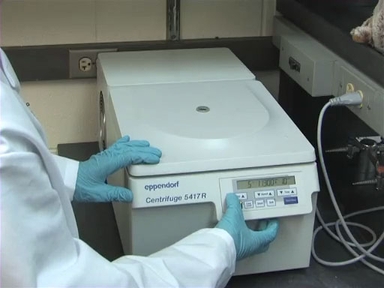
Un'introduzione alla centrifuga
General Laboratory Techniques
489.2K Visualizzazioni
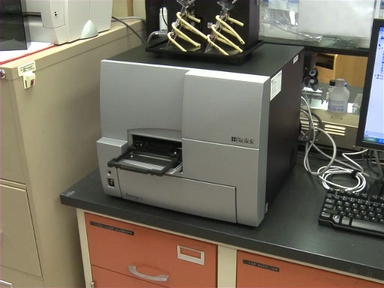
Introduzione al lettore di micropiastre
General Laboratory Techniques
127.1K Visualizzazioni
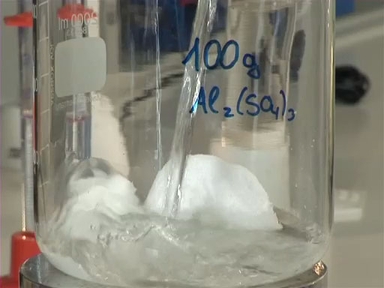
Comprendere la concentrazione e misurare i volumi
General Laboratory Techniques
216.2K Visualizzazioni
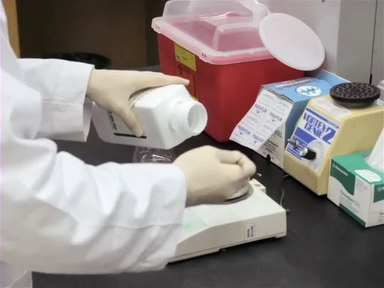
Realizzare soluzioni in laboratorio
General Laboratory Techniques
211.6K Visualizzazioni
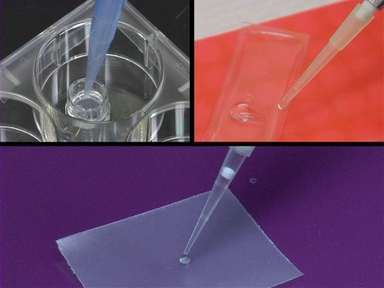
Introduzione al micropipettor
General Laboratory Techniques
586.8K Visualizzazioni
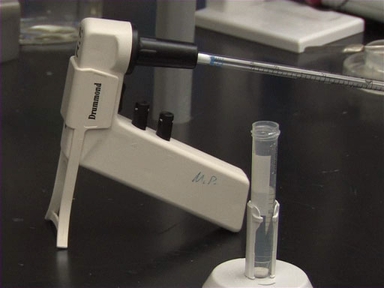
Introduzione alle pipette sierologiche e ai pipettatori
General Laboratory Techniques
219.2K Visualizzazioni
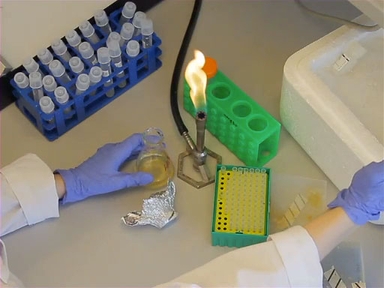
Introduzione al Bunsen Burner
General Laboratory Techniques
207.4K Visualizzazioni
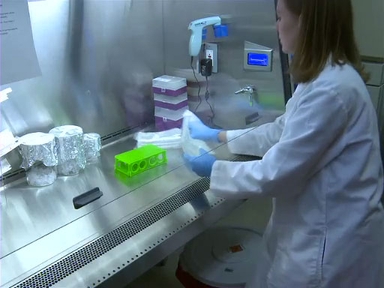
Un'introduzione al lavoro sotto cappa
General Laboratory Techniques
151.5K Visualizzazioni

Misurazione della massa in laboratorio
General Laboratory Techniques
171.0K Visualizzazioni

Introduzione allo spettrofotometro
General Laboratory Techniques
518.8K Visualizzazioni
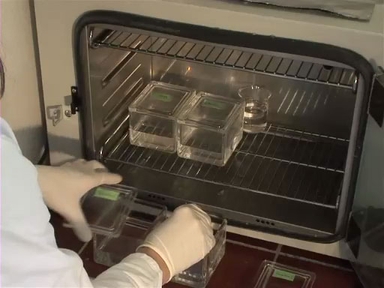
Preparazione del campione istologico per microscopia ottica
General Laboratory Techniques
240.5K Visualizzazioni
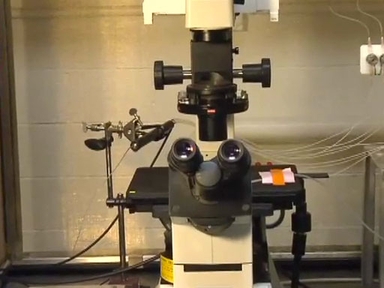
Introduzione alla microscopia a fluorescenza
General Laboratory Techniques
350.1K Visualizzazioni
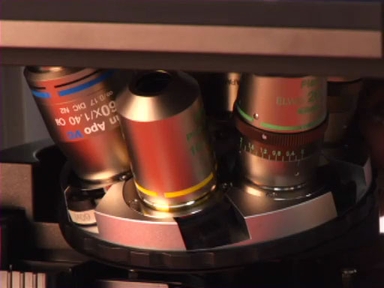
Introduzione alla microscopia ottica
General Laboratory Techniques
815.6K Visualizzazioni
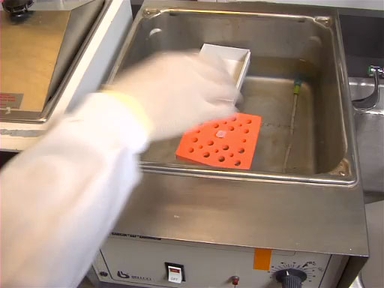
Regolazione della temperatura in laboratorio: applicazione del calore
General Laboratory Techniques
81.4K Visualizzazioni